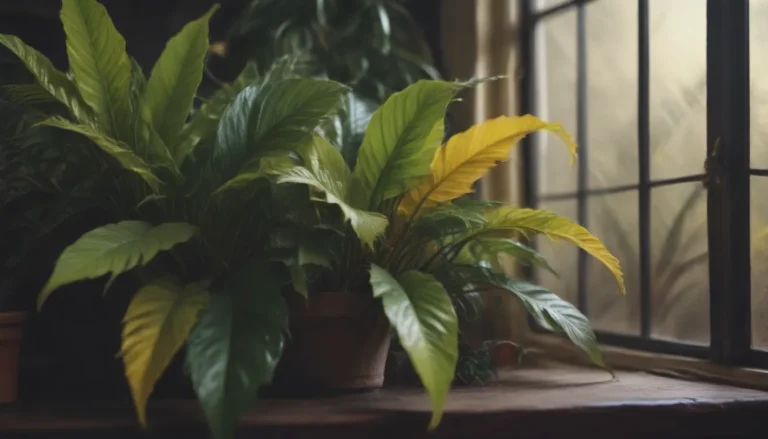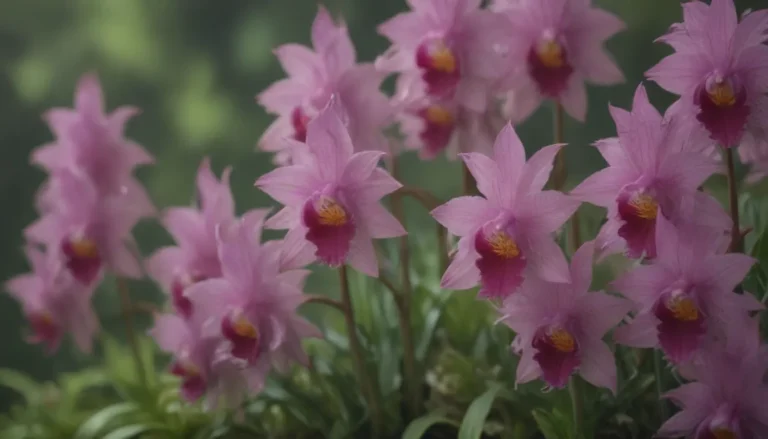How to Create Stunning Landscaping Berms

If you’ve ever admired a beautiful garden or a well-maintained lawn, chances are you’ve seen landscaping berms without even realizing it. Berms are an essential element in landscaping design, yet many people are unaware of their name. In this comprehensive guide, we will delve into what berms are, how to build them, and why you should consider incorporating them into your landscaping.
Understanding Berms: What Are They?
In essence, a berm is a rounded mound of soil, often mixed with fill, strategically placed on a flat piece of land to enhance the overall aesthetics of a property. Unlike raised beds that have a flat surface and a rectangular shape, berms are characterized by their rounded appearance. Berms serve both practical and aesthetic purposes in landscaping, providing height and dimension to an otherwise flat landscape.
Supplies Needed for Building a Berm
Before you start creating your berm, it’s essential to gather the necessary supplies. Here are the basics you’ll need:
- Soil
- Fill material
- Shovel
- Wheelbarrow
- Rake
- Plants or grass seed
- Edging material (optional)
- Boulders (optional)
Ensuring you have all the required supplies on hand will streamline the berm-building process and help you achieve professional results.
Basic Guidelines for Building Berms
While there are no strict rules when it comes to building berms, beginners should keep the following guidelines in mind:
- Consider the purpose of the berm
- Plan the berm’s location
- Obtain necessary permits or permissions
- Mark underground utility lines before digging
Following these basic rules will ensure a successful berm construction process and help you avoid potential pitfalls along the way.
Step-by-Step Instructions for Building a Berm
- Plan and Design: Determine the purpose of your berm and choose a suitable location for construction.
- Mark the Area: Use stakes and twine to outline the shape and size of the berm.
- Excavate: Dig out the soil and shape the berm according to your design.
- Add Fill Material: Mix in fill material to achieve the desired height and shape.
- Planting: Plant grass, flowers, or shrubs on the berm to enhance its visual appeal.
- Water and Maintain: Regularly water and maintain the berm to ensure its healthy growth and longevity.
By following these step-by-step instructions, you can create a stunning berm that will enhance the beauty of your landscape and add interest to your outdoor space.
Tips for Building a Berm
- Use edging material to define the borders of the berm and prevent erosion.
- Incorporate boulders into the berm design for a natural and visually appealing look.
- Consider the slope and drainage of the area when building a berm to prevent water runoff issues.
Implementing these tips will elevate the aesthetic appeal of your berm and ensure its long-term durability in your landscape design.
Why Build a Berm in Your Landscape?
There are many benefits to incorporating berms into your landscaping design. Here are some reasons why you should consider building a berm on your property:
- Enhanced Visual Appeal: Berms add dimension and interest to an otherwise flat landscape, making it more visually appealing.
- Improved Drainage: Berms help redirect water runoff and prevent erosion in sloped areas, improving overall drainage on your property.
- Creative Planting Opportunities: Berms provide a unique opportunity to plant a variety of flowers, shrubs, and trees, adding color and texture to your landscape.
- Erosion Control: Berms act as natural barriers against soil erosion, protecting your property from damage caused by water runoff.
- Privacy and Noise Reduction: Tall berms can serve as natural barriers, providing privacy and reducing noise from neighboring properties.
By building berms in your landscape, you can enhance the beauty, functionality, and sustainability of your outdoor space while creating a more visually appealing environment for you and your family to enjoy.
In conclusion, landscaping berms are a versatile and practical addition to any outdoor space, offering a range of benefits beyond enhancing the aesthetics of your property. By following the guidelines and tips outlined in this article, you can successfully build and maintain berms that will elevate your landscaping design and create a welcoming and beautiful outdoor environment.





